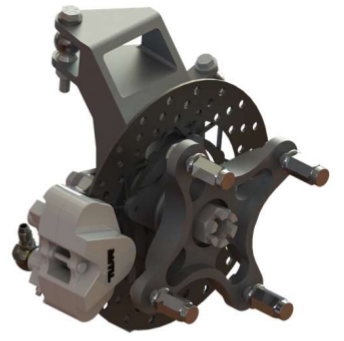
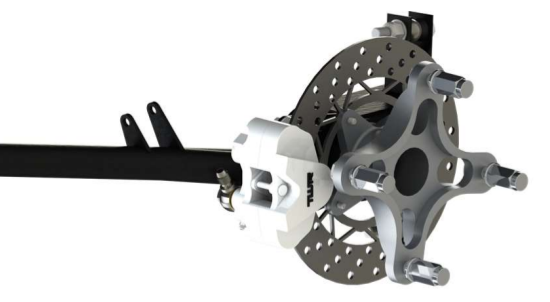
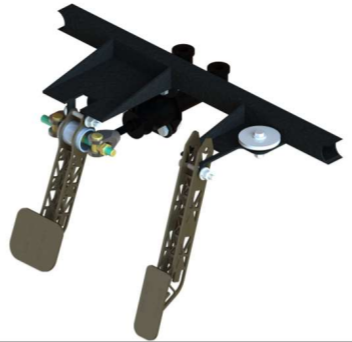
Brakes
Lead – Nolan Ciccotelli, 2nd Year Mechanical Engineering Major
Effective brakes are imperative to making a great car. This subsystem requires more than just making the car stop fast. It includes everything from pedal placement to brake line routing and even to the design and implementation of the brake rotors and calipers themselves. Brakes are not only important for stopping, but also for different maneuvers on the track which require weight to be shifted.
Chassis
Lead – Gia Maddux, 2nd Year Mechanical Engineering Major
The chassis subsystem, often thought of as the skeleton of the vehicle, acts as the vehicle’s framework. Not only does the chassis have to protect the driver, but the chassis also provides mounting points for every other subsystem, and impacts handling characteristics of the finished vehicle. All of these factors are balanced in the design, including structural integrity, driver comfort, manufacturability, stiffness, and more.
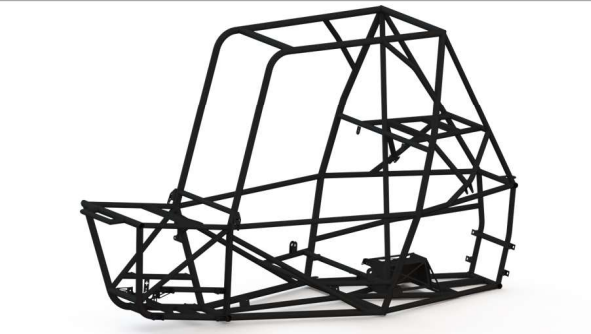

DAQ (Data Acquisition)
Lead — Chase Davidson and Jake Bettega, 3rd year Computer Engineering Majors
The design and testing processes of each car relies heavily on the data collected by the DAQ systems. This information, gathered by several sensors and operated by a Raspberry Pi and Arduino, is used to determine current car metrics like wheel speed, engine rpm, and body roll. All of these metrics are critical in implementing improvements from car to car.
Drivetrain
Lead – Chris Schmitt, 2nd Year Mechanical Engineering Major
This segment of the drivetrain position covers the CVT and front differential. The Continuously Variable Transmission (CVT) is responsible for efficient power transfer from the engine to the wheels, and the front differential converts power coming from the rear gearbox to the front, which gives us the ability to run 4WD, maximizing traction in difficult terrain.
Lead – Cord Dickinson, 2nd Year Mechanical Engineering Major
This segment of the drivetrain position covers the gearbox which is responsible for taking the output from the CVT and multiplying the torque going to the wheels. Our competition-standard 9.5 horsepower engine, combined with the increased torque from the gearbox, ensures that we’re able to climb hills, crawl over rocks, and conquer other obstacles. In addition to the gearbox, they’re also responsible for the engine mount and rear drivetrain packaging, ensuring everything is integrated seamlessly.
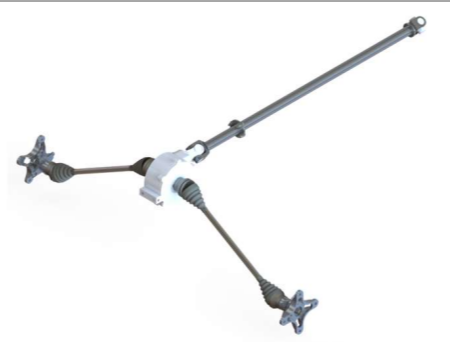
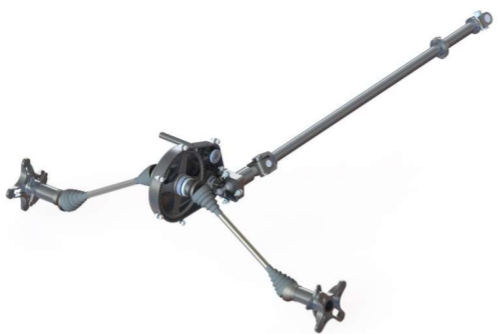
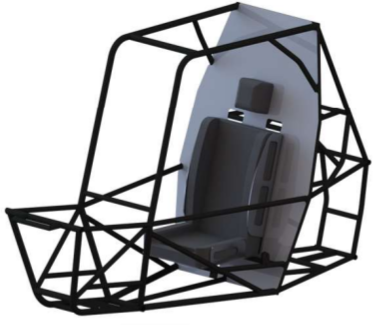
Ergonomics
Lead – Tyler Hermansson-Wisniewski, 4th Year Mechanical Engineering Major
Ergonomics is a driver-centered subsystem where comfort and safety are the top priorities. The ergo subsystem is responsible for the seat, vehicle interface, seatbelts, firewall, body panels, and other odds and ends. Not only do these make things more comfortable for the driver, but also helps reduce fatigue and make the car easier to drive.
Steering
Lead – Katherine Hixon, 3rd Year Aerospace Engineering Major
One of the main ways for the driver to get information from the car is from the steering system. Using a custom rack and steering wheel, the driver can maneuver the car through all sorts of turns, bumps, and hills.
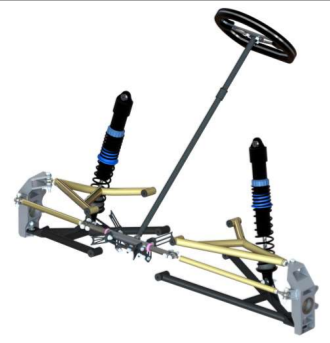
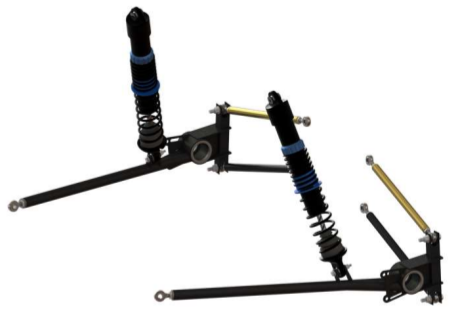
Suspension
Lead – Lucas Illanes, 2nd Year Mechanical Engineering Major
A car is only as good as its suspension allows it to be. Suspension is responsible for all of our handling characteristics. Things like suspension geometry, ride height, damping rate, and everything in between is what makes our car behave the way it does on the track.
